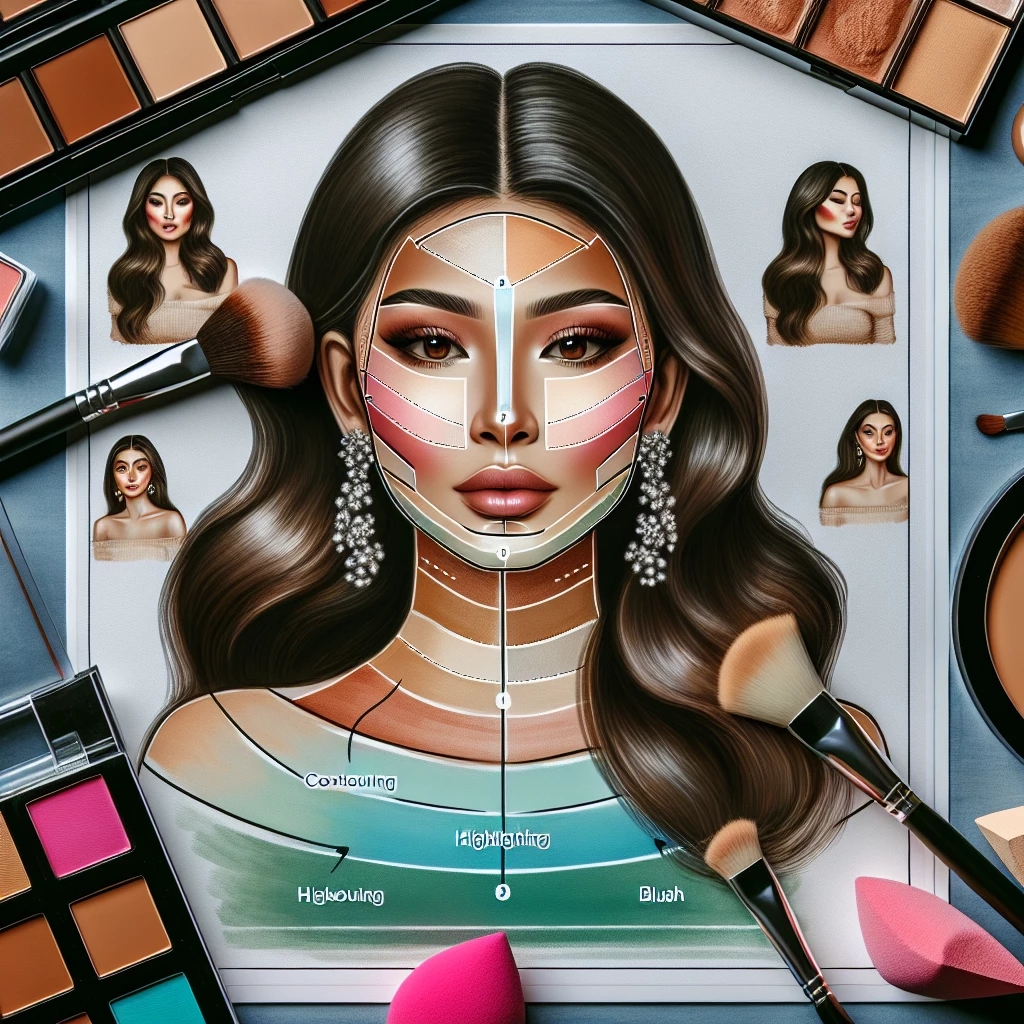Mastering the art of contouring is a game-changer in the world of makeup. Contouring works by using dark and light shades to sculpt and define the face. Think of it as shading in a drawing. Contouring can seem daunting as it requires a blend of art and science. It is art because it involves the application of makeup, and science because it involves understanding the dimensions of your face. The goal is to highlight your standout features and create an illusion of a more defined and structured face.
Before getting started, it's necessary to understand your face shape because contouring varies with different face shapes. Is your face round, square, oval, or heart-shaped? Once you've figured out your face shape, the next step is finding the right contour color. It should be two shades darker than your foundation for the ideal contrast. Also, consider your skin's undertones. The right contouring product for your skin tone should look like a natural shadow on your face, not too red or orange.
Application and blending are the key ingredients to perfect contouring. Start applying the product to the areas you wish to define. Generally, this is along the sides of your nose, in the hollows of your cheeks, along your jawline, and the sides of your forehead. When applying, less is more. Start with less product and then build up. For blending, invest in a good quality contour brush. You want to create soft edges for a seamless look, harsh makeup lines should be avoided. Remember, blending is the key for a natural contoured look.
